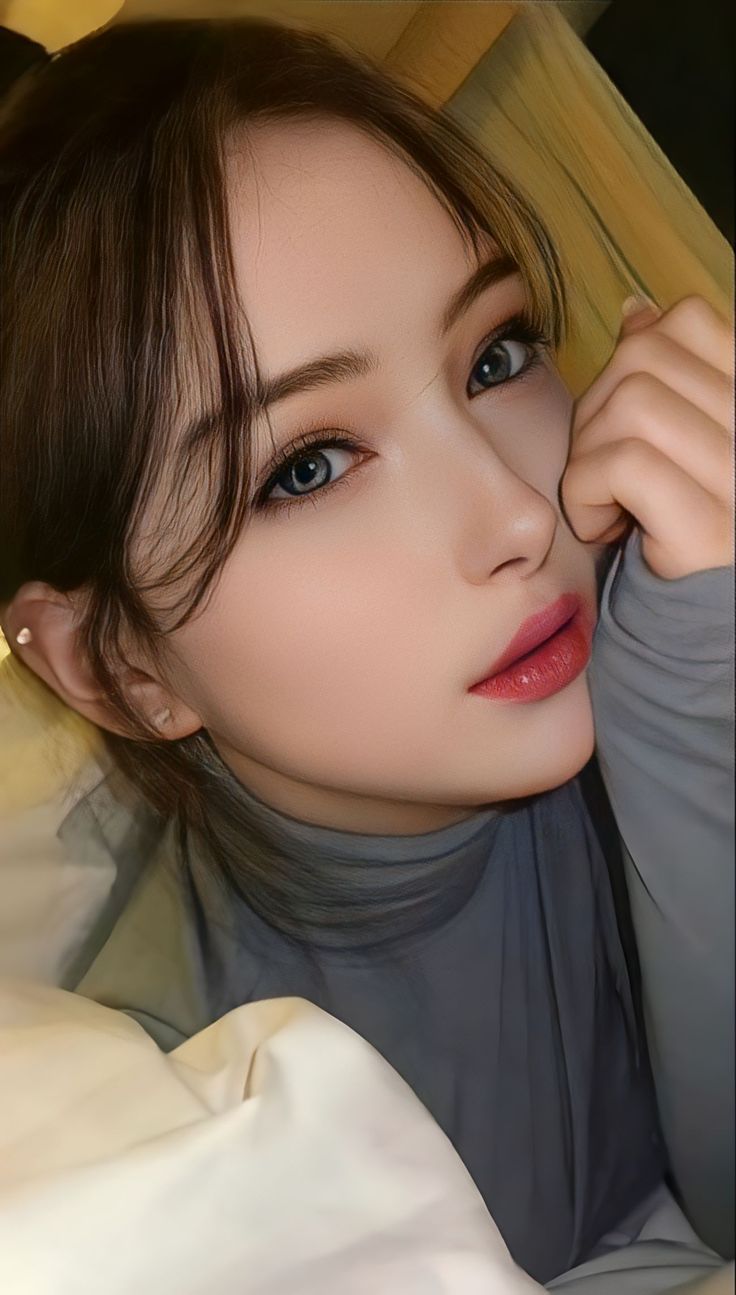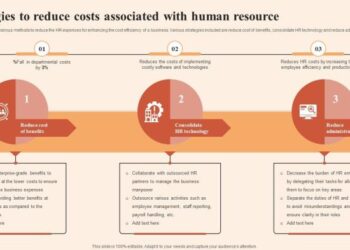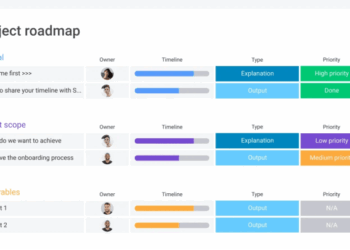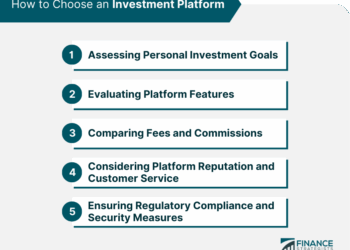Delving into the realm of artificial intelligence, this captivating topic explores the creation of virtual women beyond the boundaries of reality. From gaming to marketing, the influence of AI-generated virtual women is reshaping industries and sparking ethical debates. Let's embark on a journey to uncover the fascinating world of virtual women crafted by artificial intelligence.
Introduction
Virtual women created by artificial intelligence are computer-generated characters designed to mimic human behavior and appearance. These AI-generated women can interact with users in virtual environments, providing companionship, entertainment, and even assistance in various tasks. The development of such technology has opened up new possibilities in entertainment, gaming, and personal assistance, blurring the lines between reality and virtuality.
Significance of Virtual Women in Modern Society
Virtual women play a significant role in modern society by offering companionship, entertainment, and emotional support to users. In an increasingly digital world, these AI-generated characters provide a sense of connection and interaction that may not be readily available in real life.
They can serve as virtual assistants, entertainers, or even friends, catering to the diverse needs and preferences of individuals in today's society.
Impact of AI-Generated Virtual Women on Entertainment and Technology Industries
The emergence of AI-generated virtual women has revolutionized the entertainment and technology industries, offering innovative ways to engage audiences and enhance user experiences. In the entertainment sector, virtual women are featured in video games, virtual reality experiences, and interactive storytelling, adding depth and realism to digital content.
Furthermore, in the technology industry, AI-generated virtual women are utilized in chatbots, virtual assistants, and customer service applications, improving communication and user engagement.
Development of Virtual Women
Creating virtual women using artificial intelligence involves a complex process of programming algorithms to simulate human behavior and characteristics. These virtual women can range from chatbots to virtual assistants to characters in video games or virtual reality environments.
Comparison of AI Algorithms
Different AI algorithms are used to design virtual women, each with its own strengths and limitations. Some popular algorithms include:
- Neural Networks: These algorithms are inspired by the human brain and are capable of learning and adapting based on data inputs.
- Genetic Algorithms: These algorithms mimic the process of natural selection to evolve and optimize virtual women over time.
- Reinforcement Learning: This approach involves training virtual women through a system of rewards and punishments based on their actions.
Examples of Popular Virtual Women
- Siri: Apple's virtual assistant is a well-known example of a virtual woman created using AI. Siri can respond to voice commands, answer questions, and perform tasks on behalf of the user.
- Lara Croft: The iconic video game character from the Tomb Raider series was designed using AI algorithms to simulate realistic movements and behaviors.
- Replika: This AI chatbot is designed to engage in meaningful conversations with users, providing emotional support and companionship.
Applications in Various Industries
Virtual women created by artificial intelligence have found diverse applications across various industries, showcasing the versatility and adaptability of this technology.
Utilization in Gaming and Virtual Reality Applications
Virtual women play a crucial role in enhancing the immersive experience in gaming and virtual reality applications. These AI-generated characters add depth to storytelling, provide realistic interactions, and offer players a more engaging and personalized gaming experience. In virtual reality simulations, virtual women can serve as guides, companions, or opponents, enriching the overall gameplay and creating memorable experiences for users.
Role in Marketing and Advertising Campaigns
In marketing and advertising, virtual women are utilized to create compelling and targeted campaigns. AI-generated virtual influencers are becoming increasingly popular, as they offer brands a cost-effective and customizable way to reach their target audience. Virtual women can be designed to reflect specific demographics, behaviors, and preferences, allowing companies to tailor their messaging and products to different consumer segments effectively.
These virtual influencers can also help brands stay relevant in the ever-evolving digital landscape and attract the attention of tech-savvy consumers.
Potential in Customer Service and Interactive Experiences
The use of AI-generated virtual women in customer service and interactive experiences is revolutionizing how businesses engage with their customers
. Virtual assistants and chatbots powered by artificial intelligence can provide real-time support, answer queries, and offer personalized recommendations to users.
Virtual women are designed to simulate human-like interactions, making customer service more efficient, accessible, and user-friendly. Additionally, these virtual assistants can be integrated into websites, mobile apps, or virtual reality platforms, enhancing the overall user experience and driving customer satisfaction.
Ethical Considerations
When it comes to the creation and portrayal of virtual women by AI, there are several ethical concerns that need to be addressed. From issues of objectification to potential impacts on real-life relationships and societal norms, the implications of AI-generated virtual women are vast and complex.
Objectification and Stereotypes
One of the primary ethical concerns surrounding AI-generated virtual women is the perpetuation of objectification and stereotypes. These virtual representations are often created based on societal norms and expectations, reinforcing harmful stereotypes and unrealistic beauty standards. This can contribute to the objectification of women and further perpetuate gender inequality.
Impact on Real-Life Relationships
The presence of virtual women created by AI can also have implications on real-life relationships. As these virtual beings become more realistic and lifelike, individuals may form emotional connections with them, potentially impacting their relationships with real people. This blurring of boundaries between the virtual and real world raises questions about the authenticity and depth of human connections in a society increasingly influenced by technology.
Societal Norms and Values
Furthermore, the widespread use of AI-generated virtual women can shape societal norms and values in unexpected ways. As these virtual beings become more integrated into various industries and aspects of daily life, they have the potential to redefine traditional gender roles and expectations.
This evolution of societal norms raises important questions about the future of gender dynamics and equality.
Future Trends
The future of AI technology holds exciting possibilities for the development of virtual women. As advancements in artificial intelligence continue to progress, we can expect to see significant improvements in the realism and capabilities of virtual women created by AI algorithms.
These developments will not only impact the entertainment industry but also have far-reaching implications in various sectors.
Innovations in AI-generated Virtual Women for Educational Purposes
In the realm of education, AI-generated virtual women can revolutionize the way students learn and interact with educational content. These virtual women can serve as personalized tutors, providing individualized instruction and feedback to students. By leveraging AI technology, educational institutions can create immersive learning experiences that cater to each student's unique needs and learning styles.
Virtual women can simulate real-life scenarios, making learning more engaging and effective.
Role of Virtual Women in Shaping the Future of AI and Human-Computer Interactions
Virtual women play a crucial role in shaping the future of artificial intelligence and human-computer interactions. As AI becomes more integrated into our daily lives, virtual women can act as interfaces for AI systems, enhancing communication and engagement. These AI-generated virtual women can assist users in various tasks, from customer service interactions to providing emotional support.
By humanizing AI through virtual women, we can bridge the gap between technology and human emotions, creating more meaningful interactions.
Final Review
As we conclude our exploration of virtual women created by artificial intelligence, it's evident that the intersection of AI and human-like entities opens up a realm of possibilities and challenges. From ethical considerations to future innovations, the impact of AI-generated virtual women on society and technology is profound and multifaceted.
The future holds exciting advancements in this evolving landscape, shaping the way we interact with artificial intelligence and virtual beings.
Question & Answer Hub
What are some popular examples of virtual women created by artificial intelligence?
Some popular examples include virtual influencers like Lil Miquela and Shudu, as well as AI-generated characters in video games like Lulu from League of Legends.
What ethical concerns arise from the creation of virtual women by AI?
Ethical concerns include issues of objectification, perpetuation of stereotypes, and the impact on real-life relationships and societal norms.
How are virtual women used in marketing and advertising campaigns?
Virtual women are often employed as brand ambassadors, influencers, or characters in storytelling campaigns to engage audiences and drive brand awareness.









